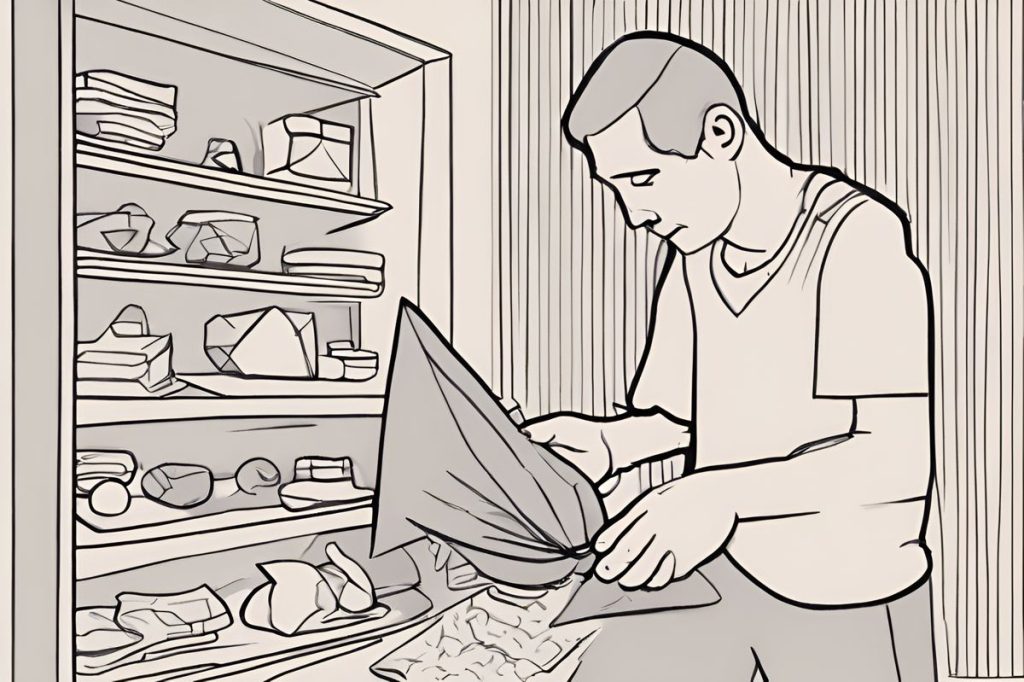In 1974, Vassos Karageorghis led an emergency operation to save over 1,000 artifacts from Cyprus during the invasion. The covert mission involved packing and transporting treasures to British bases for safekeeping, preserving the nation’s cultural heritage amidst chaos.
How were Cyprus’ treasures saved during the chaos of the 1974 invasion?
During the 1974 invasion of Cyprus, a critical operation led by Vassos Karageorghis saved over 1,000 artifacts. This emergency mission, executed without government direction, involved:
– Covertly enlisting public works for packing resources
– Transporting treasures to British bases for safety
– Detailed cataloging and careful wrapping of antiquities
– Rapid response to preserve Cyprus’ cultural heritage.
The Urgency of Preservation
In the eerie calm following the turmoil of the second invasion of Cyprus in 1974, a remarkable and frantic effort unfolded, spearheaded by one determined individual. Vassos Karageorghis, the then-director of the Department of Antiquities, orchestrated an emergency operation that would resonate through the annals of cultural preservation. When the CyBC radio broadcasted his appeal for staff to return to work immediately, it was clear that the situation was dire and action had to be taken swiftly.
Amidst the chaos, Karageorghis, who had returned to Cyprus after the first invasion, recognized the impending threat to the nation’s cultural heritage. With the Turkish forces’ proximity to historically valuable sites, the fear of losing invaluable antiquities was palpable. Karageorghis’ initiative to pack and move over 1,000 irreplaceable artifacts from the Cyprus Museum was not a government directive but a courageous, independent response to the crisis. Over the span of three months, this operation, later celebrated in the short film “Operation Museum,” saw the successful relocation of these treasures to places of security, safeguarding a chunk of Cypriot history.
The Logistics of an Emergency Operation
The logistics involved in this secretive and urgent undertaking were daunting. Public Works and other government departments had to be enlisted covertly to provide crates and assist with packing—a challenging proposal when the country was grappling with refugee crises and an ailing economy. Transporting these artifacts was a challenge in itself, as the national airport was no longer operational and maritime routes were heavily burdened. Ultimately, many antiquities found temporary refuge in the British bases on the island.
Karageorghis’ leadership was instrumental during this precarious period. His diligence, attention to detail, and perhaps a streak of that obsessive genius so often attributed to great protectors of history, were all on full display. The fact that he managed to convince the British base commander to shelter these items speaks volumes of his unwavering dedication. The process demanded meticulous care: artifacts were painstakingly wrapped in newspapers and straw, listed, and cataloged before being concealed within wooden crates.
Recollections of a Troubled Time
Those who worked with Karageorghis, like Maria Hadjinicolaou, recall the tense atmosphere and the relentless pace of this emergency exercise. The sights and sounds of their workplace transformed, as it echoed with the constant hammering of nails, sealing away pieces of Cyprus’ past. This was a moment in time where every second counted, where the preservation of culture took precedence over the uncertainty of war.
Operation Museum was not just an emergency response but a reflection of the times and the people who lived through them. It stands as a tribute to the tenacity and vision of Vassos Karageorghis. The radio announcement itself is a time capsule, revealing the communication limitations of the era and the poignancy of a call to those “in a position to return to work.” It was a subtle acknowledgment of the many who could not—those who were displaced, those who were mourning, and those who had been lost in the conflict.
The successful execution of this operation ensured that the rich history of Cyprus could be revisited and cherished by future generations. It was a period marked by fear and uncertainty, yet it was also a time that showcased the resilience of the human spirit and the profound importance of cultural preservation in the face of adversity. While the full extent of the crisis was unfolding, the foresight and actions of a dedicated few ensured that a part of Cyprus’ legacy would endure.
How were Cyprus’ treasures saved during the chaos of the 1974 invasion?
During the 1974 invasion of Cyprus, a critical operation led by Vassos Karageorghis saved over 1,000 artifacts. This emergency mission, executed without government direction, involved:
– Covertly enlisting public works for packing resources
– Transporting treasures to British bases for safety
– Detailed cataloging and careful wrapping of antiquities
– Rapid response to preserve Cyprus’ cultural heritage.
What were the logistics involved in the emergency operation to save Cyprus’ treasures?
The logistics of this urgent undertaking were challenging. Public Works and other government departments had to be covertly enlisted to provide crates and assist with packing, despite the country facing refugee crises and economic struggles. Transporting the artifacts was a challenge due to the non-operational national airport and heavy maritime traffic. Ultimately, many artifacts found temporary refuge in British bases on the island.
Who spearheaded the emergency operation to save Cyprus’ treasures in 1974?
Vassos Karageorghis, the director of the Department of Antiquities at the time, spearheaded the emergency operation to save over 1,000 artifacts from Cyprus during the 1974 invasion. His independent and courageous response to the crisis resulted in the successful relocation of valuable antiquities to places of security, preserving a significant part of Cypriot history.
How did the successful execution of the operation impact Cyprus’ cultural heritage?
The successful execution of the operation ensured that the rich history of Cyprus could be revisited and cherished by future generations. Despite the fear and uncertainty of the invasion, the dedication of a few individuals showcased the resilience of the human spirit and the importance of cultural preservation in the face of adversity. The artifacts saved during this emergency will continue to be a part of Cyprus’ legacy for years to come.

